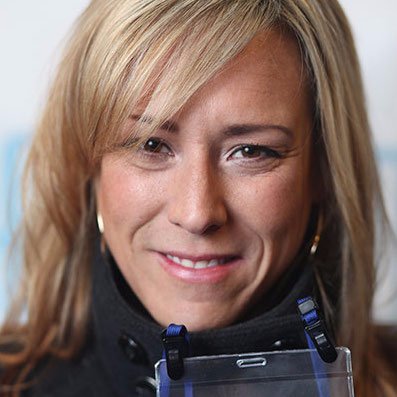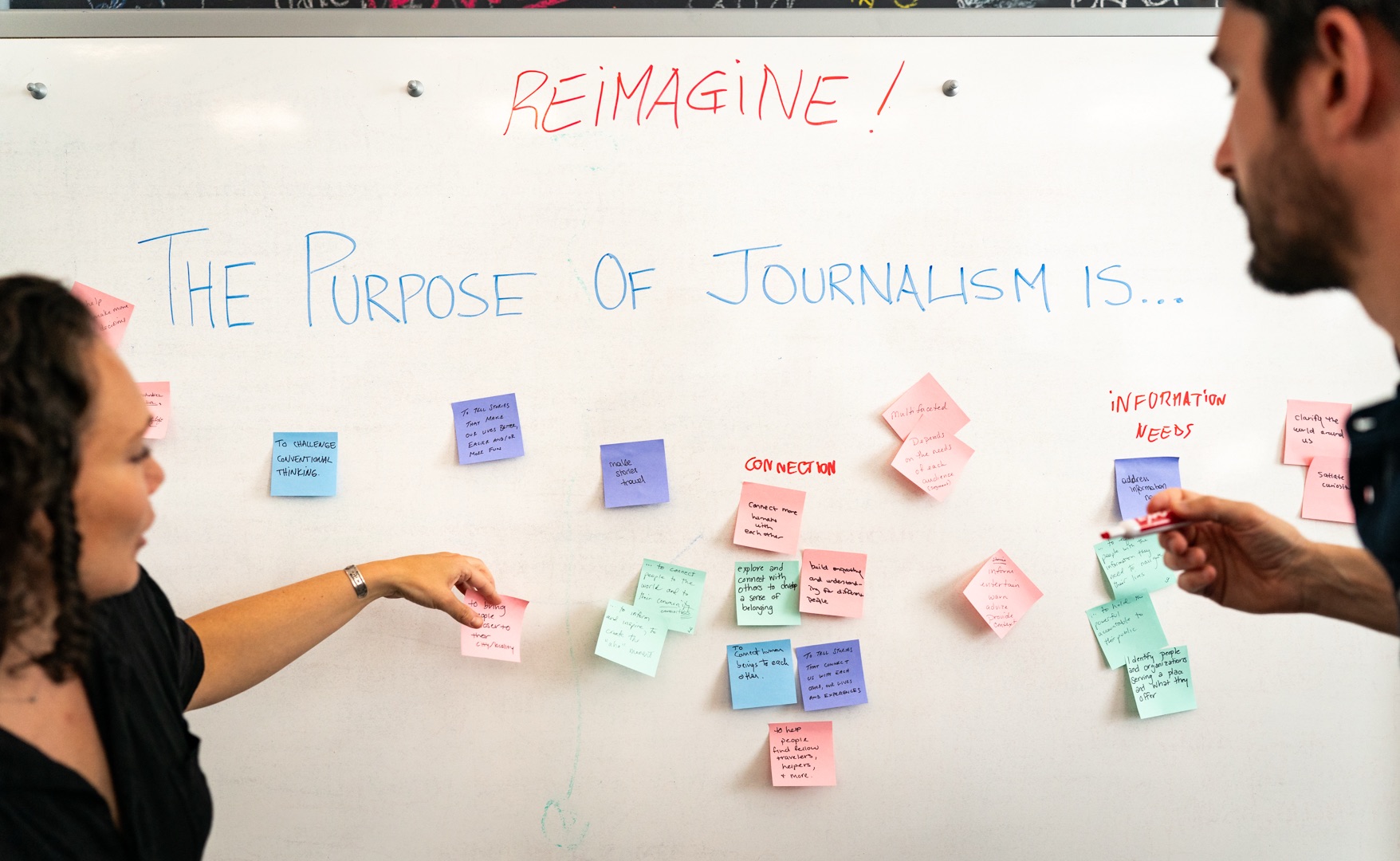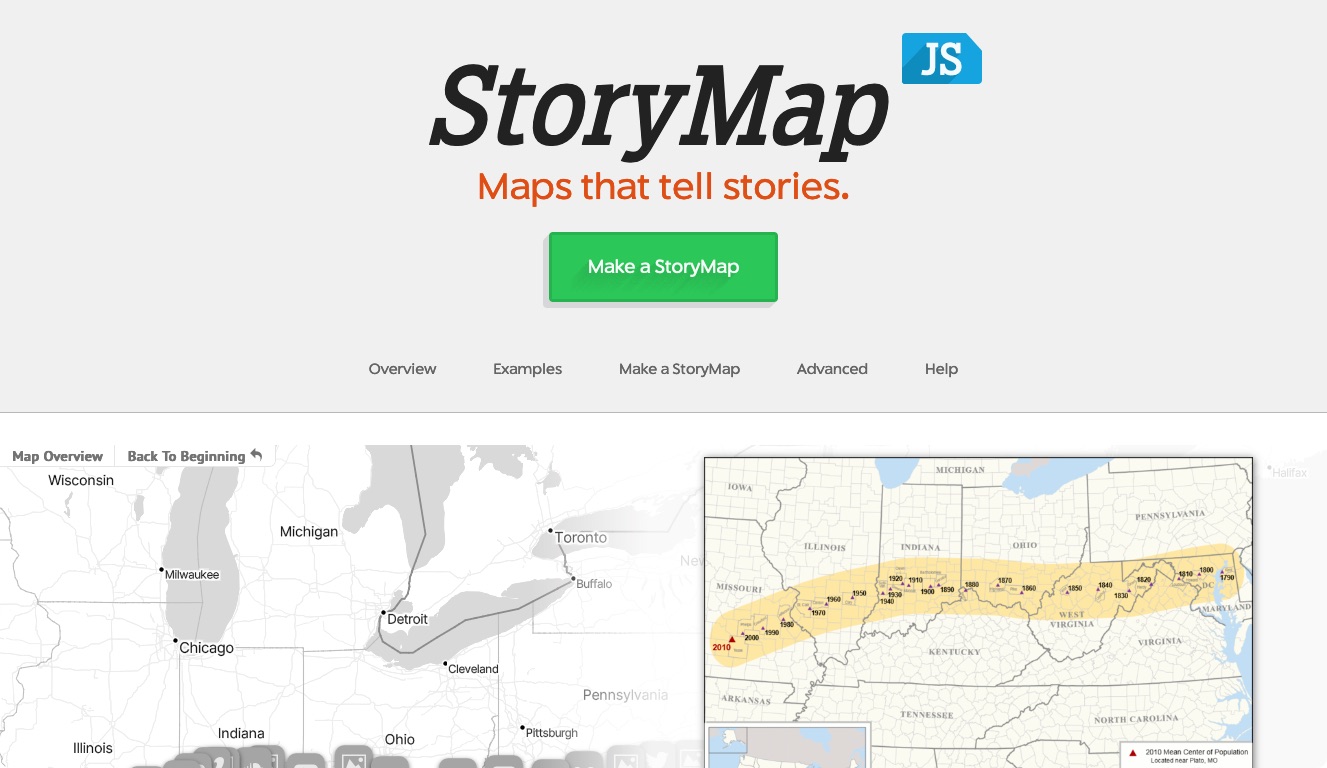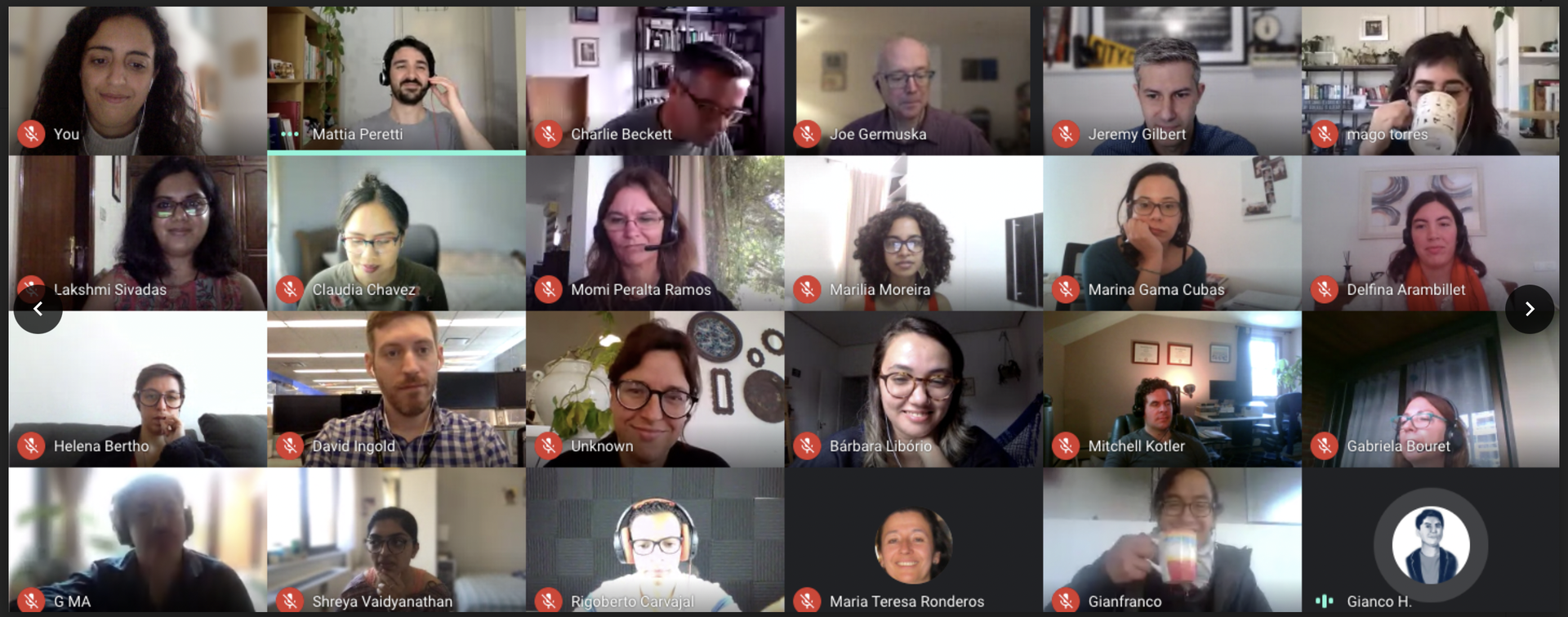Editor's note: Using the theory ‘Hire humans. Not skills. Not roles.’ as inspiration, the Lab’s profiles are Q&As with highly-impressive makers and strategists from media and its fringes, each with unique perspectives on journalism, publishing and communications technology. We’re talking to smart people who are shaping the future of media. Not all of them work in a newsroom, not all are big names, not all have fancy titles, but each are bright people with something to say. We’re kicking off this new feature with a technologist who, in part, inspired this series: Silicon Valley-based engineering manager and author, Michael Lopp.
I first met Michael Lopp in real life earlier this year at an annual conference in Wellington, New Zealand called Webstock. However, due to his Internet presence, I felt as if I'd known him for quite a bit longer. I have followed him on Twitter for years, read his personal blog and gobbled up both of his books: Managing Humans and Being Geek. He is currently a director at Palantir Technologies, working on impactfully changing the way the world interacts with data. Before joining Palantir, Lopp was part of the senior leadership team at Apple for nine years, and filled engineering leadership roles at some notable technology companies like Netscape. He is a polished public speaker, inspiring leader and design-thinker.

Miranda: How do you explain what you do to your parents?
Michael: While my Dad is an electrical engineer, I'm a software engineer and they get that gig. I'm the guy who builds software. In last decade, it's become more complicated because my gig is more focused on people and leadership development. If they asked, I'd tell them, "People stuff."
You often introduce yourself as “Rands. That guy who sounds like a fortune cookie on Twitter.” What do you mean?
A majority of my tweets could be considered fortune cookie wisdom. I see it as an interesting challenge, "How much interestingness can you shove into 140 characters?"
You are prolific on Instagram. Talk to us about this. Is it a love of photography? Your iPhone? Or both?
Like Twitter, Instagram is a compelling collection of constraints. Rather than worrying about the endless variables involved in professional photography, Instagram gives you a well defined square and it's your job to fill that square with a compelling image with a bit of editing. Also like Twitter, there's a well defined set of feedback that gives you a sense of the quality of your photo. I love the small bits of incremental learning I do with Instagram on a daily basis.
You worked for Apple for eight years. How did that experience shape your opinions about working in technology and managing technologists?
There's a book here.
Here are three things that Apple taught me:
- Boil the idea down to its simplest version. Engineers are particularly bad at this because we like to preserve optionality. We like to put in a user preference so a feature can either do X or Y depending on what the user might want. This is bad design. Your job as a builder of useful things is to make the best possible decisions on behalf of your users. Preferences are a sign that the team couldn't figure out what the user wants.
- Have an opinion. Meetings where we debated the feature set of a product and you didn't say anything were meetings you were no longer invited to attend. This is related to the first point. You had to have an opinion about your product. There were no marketing requirement documents – there was good healthy debate and it was expected that you participate.
- Understand it's art or fashion – or both. Apple's consistent release schedule isn't about making piles of money, it's about maintaining the buzz about the latest and greatest by having not just well designed products, but products that are visually appealing – they're pleasing to hold and to use and that doesn't come because you chose the perfect feature set, it happens because you balance functionality and art. Then the money shows up.
What excites you most about Palantir?
Working with painfully smart people. It's the best.
What applications do you have open while you're working?
Right now, I have Finder, Safari, Mail, Outlook, Messages, iTunes, LaunchBar, Keynote, Photoshop, and Tweetbot. This is writing words mode. If this was writing code mode the list would include Sublime Text 2 and Transmit.
What piece of advice would you give to someone with a non-engineering, non-technical background managing technical people or software engineers?
Technical people may appear to be aliens to you. They have their own language and that language can be very skeptical. Take the time to learn the language and understand how they think. Ask lots of questions, be inquisitive. Bridge the gap any way that you can so they are less alien. They'll appreciate you doing so and will likely be less skeptical.
Why is paying attention technology innovation important to the media industry?
I can't think of anything that is moving faster than technology right now. The rate of invention is faster than everyone suspects and invention is a wonderfully disruptive thing. It doesn't care about history nor politics nor laws and, well, that's both scary and awesome.
The media industry is going to survive this rapid disruption just fine. Everything the media industry does exists for a very good business reason. It's why bajillion dollar businesses showed up. Problem is, established media players don't like the degree of change and are digging their heels in because they think they're protecting their bajillion dollar businesses.
Wrong.
Someone is going to figure out how to solve the same needs cheaper and faster and ignoring this trend is a good way to become a dinosaur.
What is the biggest tech challenge that media companies will face over the next 5 years?
Allow for change to happen much faster than they are comfortable with. See? Fortune cookie wisdom.
What projects, companies or media outlets should we be paying attention to right now?
I'm digging what The Atlantic is doing with Quartz. The latest Flipboard updated is bitchin'. I'm loving the simplicity of Mailbox – they did a great job of boiling the idea down to its simplest version.
How can people use technology to create change in the world?
They can start by learning how to program. It's not as hard as you think and it's getting easier every day. I believe most folks would be shocked how much of an application they could produce after a solid week of training.
If you could design an app that would solve any problem, what would it be?
The truth bugs me. I'd love to solve the problem of sourcing. How do I figure out the facts behind the facts? When stating a fact in an important place, I feel you have a responsibility to source that fact. I'd like to find a non-invasive way to give us footnotes on the web.
What could the world use a little more of?
Sourced information.
What could the world use a little less of?
Polarized opinions.
Follow Michael Lopp on Twitter, @rands. Find weekly updates from our profiles series on Fridays.
About the author





